It can be frustrating and embarrassing when your dog performs perfectly at home in the living room, but seemingly ignores your requests when out and about.
But does your dog really know what you are asking her to do? Or is she more motivated by her dog friends and by checking her “pee-mail”?
Below we will discuss why it sometimes feels like your pup has “selective hearing” and what you can do to improve her reliability!
Dogs Who Don’t Listen Outside: Key Takeaways
- There are a variety of reasons why your dog may not listen outside, and you’ll need to figure out the reason so you can address the problem.
- Unfortunately, a lot of owners make a few common mistakes when trying to correct this problem.
- We share several different strategies that may help improve your dog’s willingness and ability to listen while you’re outside.
Why Your Dog Isn’t Listening Outside
You’re not alone when it comes to feeling frustrated about the consistency of your four-footer’s reliable recall or sustainable stay.
In many cases, the reasons why a dog may not listen to its handler can be traced to a few common causes.
Below, we list some of the reasons why your pooch may not be listening outside as well as she does at home.
1. Your Dog Isn’t Purposely Ignoring You — She’s Over Her Threshold
Most often, people think that their well-mannered pupper is misbehaving when she decides not to listen. But quite often, she has stopped listening because she’s over her threshold.
What does it mean to be “over threshold?”
Every dog has a tolerance level to distractions, and this tolerance level works along a spectrum.
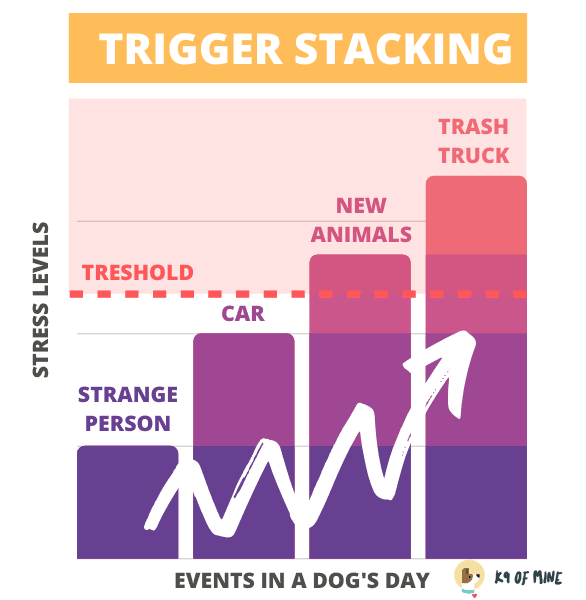
When you’re training in a situation that’s at the calmer end of the spectrum, your dog can focus and learn new skills. The relative absence of distractions in these types of situations means she can remain below her threshold.
But at the more chaotic end of the spectrum, she may have trouble focusing or learning.
The outdoors is full of stimuli that can overwhelm and over-arouse your dog, pushing her over her threshold. After all, outside there may be:
- Exciting smells
- Sounds to investigate
- Other dogs
- Strange humans
- Humans on skateboards, bikes, or other odd contraptions
All these stimuli happening all at once may cause your dog to surpass her threshold, thereby making it difficult for her to focus, learn, or listen.
Don’t punish your pup for feeling overwhelmed – that won’t help the situation at all.
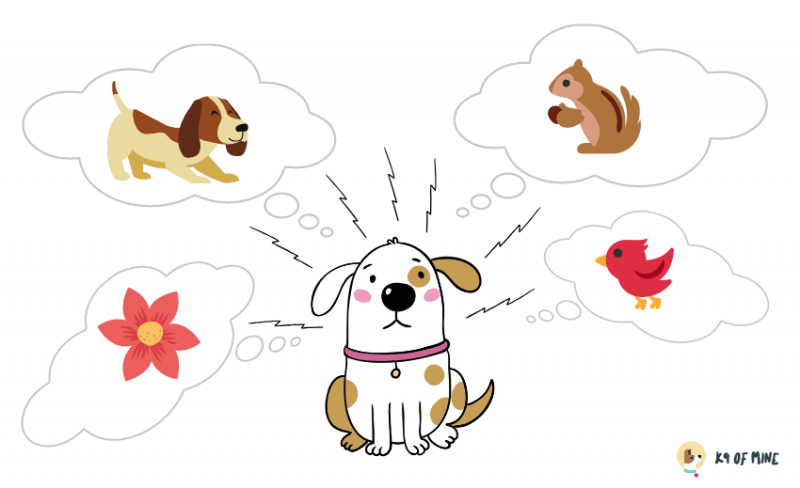
Have you ever been at a crowded mall and suddenly felt exhausted by the sounds, smells, bright lights, and colorful advertisements plastered on every inch of wall space? You might suddenly feel like you need to sit down or go someplace quiet before you lose your mind!
If someone came up to you when you’re feeling this way and demanded you listen carefully to what they are saying, I bet it wouldn’t help you feel relaxed, and you probably would have a tough time paying attention to them.
The same is true for doggos!
In dog training, it is important to learn the golden rule: Never overwhelm your dog with too much stimulus too quickly and always pay handsomely when she succeeds at a task.
2. She May Not Be Have Been Outside Very Much
If your dog is new to you, she may have not had the opportunity to explore the great outdoors all that much in her previous home.
New places and new smells can be very exciting. That excitement is highly motivating for her and asking her to sit when meeting a new friend might be an impossible task – at least for right now.
3. Dogs Have Trouble Generalizing
Dogs do not generalize very well. It’s hard for them to apply the same principle to varied situations.
Your pupper may, for example, understand what “sit” means when you’re sitting on the couch in the living room, but have no clue that she’s supposed to do the same thing when you are chilling at the park.
So, you need to practice her cues and tricks in plenty of new places and new situations.
You could, for example, ask your dog to “sit” (or some other easy skill she knows) while you’re standing on a chair. You could also do so while:
- Sitting on the floor
- Hanging out on your porch
- You’re standing on the stairs
If she performs reliably in these situations, she’s likely generalized the lesson and will be more likely to listen at the park. If she doesn’t do so, she may not actually know what you’re asking her to do and need more practice.
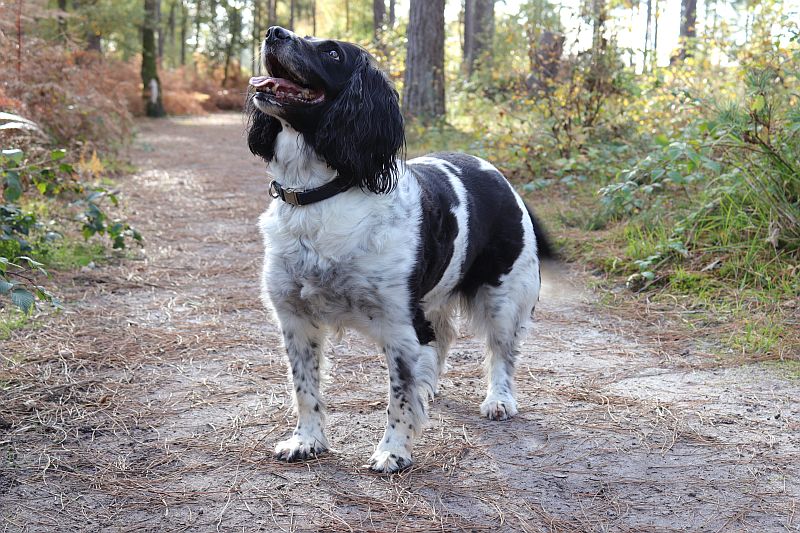
So, take a minute and ask yourself if your dog really knows the cue and if you’re training her in a sensible, productive manner.
This means considering things like:
- Are you being consistent with your cue words?
- Are you reliably rewarding her for doing what you ask?
- Are you providing her with motivation?
It’s also important to avoid sending her mixed-signals or inadvertently punishing her.
For example, if you attach a leash to your pooch and haul her away from her friends when you call her to come in the park, then you are punishing her recall behavior.
She won’t be terribly motivated to come when called the next time when she’s in the park and doing something fun!
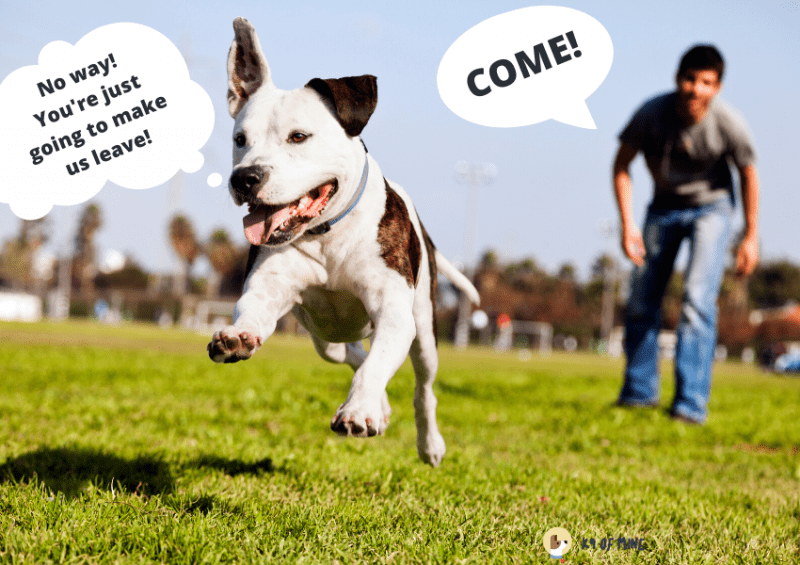
4. She Doesn’t Actually Know What You Want
A common mistake we make is to assume that it’s the dog that is making the mistake.
Often, we are the ones at fault, as we’re being unclear or inconsistent while training.
This ultimately means that your doggo may not actually know the cue as well as you think that she does.
Remember, words like “stop”, “no”, and “come here” don’t mean anything to your dog unless you teach her what they mean through rewarding for the correct response and through repetition.
So, be sure to practice your dog’s skills and cues until she has them down pat, and ensure that you’re using the same word (and hand signal, if you’re using them) when training. We have a full video below on how to proof your dog’s recall. As with any skill, you’ll start out indoors in a low-stimulating environment before adding more challenges and moving outdoors!
5. She’s Fearful
For some dogs, being outdoors overloads their senses.
This is especially true of pups who were not properly socialized during the critical socialization period. This is the period between 3 and 16 weeks where your puppy’s brain is developing and creating neuropathways to new stimuli in her environment.
If she has been under exposed and/or negatively exposed to stimuli during this critical window, she could be fearful and stressed out by anything new.
This might be:
- The sounds around her
- Vehicles
- People
- Other dogs
- Anything moving
Some dogs are so fearful that they can’t even leave their front doorstep and are too scared to go outside at all.
Dogs who are anxious on walks and feeling fearful will often be so overwhelmed with anxiety that they are unable to focus, hyperactive, and will even turn their nose up at their favorite treats. Anxious dogs also do a lot of freezing, so if your dog often suddenly stops walking and refuses to keep moving, it may be a sign that he’s overwhelmed and over his threshold.
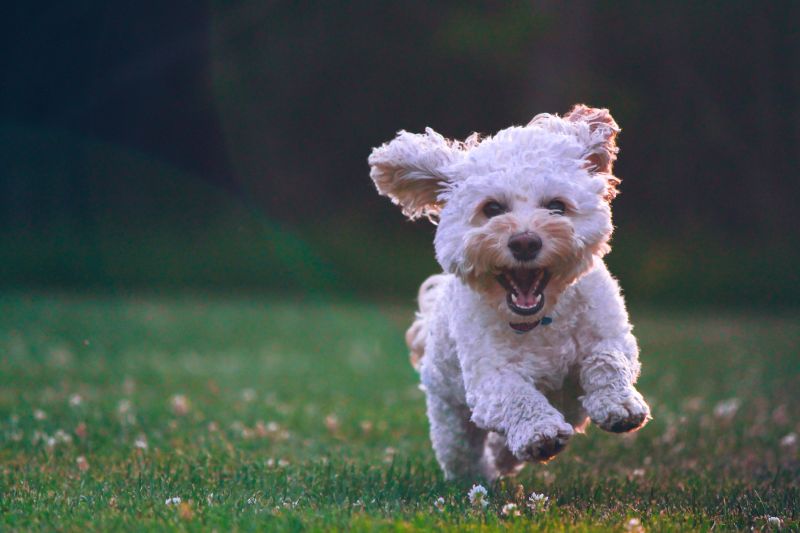
Common Misconceptions About Your Dog Listening
It can feel frustrating when your dog doesn’t follow cues or come when called.
But it’s important to avoid falling for some of the common misconceptions about dog behavior, so you can understand the actual reasons she seems to ignore you.
When your dog is ignoring you outside, she is not:
- Being stubborn
- Being dominant
- Being a jerk
- Being disrespectful
- Being spiteful
Dogs do what works best for them in a given situation. Period. She is her own being and is looking out for her best interests, as we all are.
Therefore you need to be her biggest interest not her biggest threat.
Sometimes these misconceptions can lead to improper reactions from us. This might include something like:
- Smacking your dog
- Yelling at her
- Yanking on her leash
- Grabbing her by the muzzle
- Trying to assert dominance or be an “alpha”
None of these actions will help; they could, in fact, have the opposite effect.
They could make your pup more fearful or wary and could be harmful to your relationship. Your floof’s behavior (or lack thereof) is not about her having a lack of respect or you having a lack of leadership, it’s about her being totally overwhelmed.
There’s a much better, positive way to train.
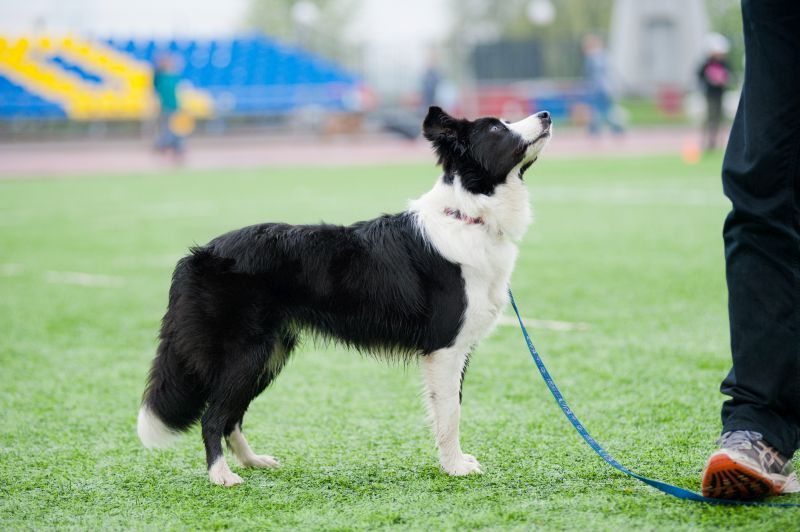
How to Work on Building Your Dog’s Threshold
There are lots of things you can do to help your overwhelmed, worried, or overly distracted pup gain confidence and focus.
Let’s take a look at how this might look.
1. Practice in Less Stimulating or Distracting Environments
For some dogs, even a walk around the block is too overstimulating to start with.
So, start by training your pupper in the backyard.
The backyard is a familiar place, and it is also much less distracting than the front yard or out in the neighborhood.
There is no rule that says you have to force your dog to go on walks if she doesn’t want to or isn’t feeling ready.
You can burn as much energy as you can on a leash walk through:
- Offering environmental enrichment
- Doing training sessions
- Playing in the back yard
Your pup will be able to focus properly and learn the cues you are teaching her in an outdoor environment without overwhelming her with too much, too quickly.
Once she has mastered focus in this environment, try the front yard or driveway, then move to the front sidewalk, and so on.
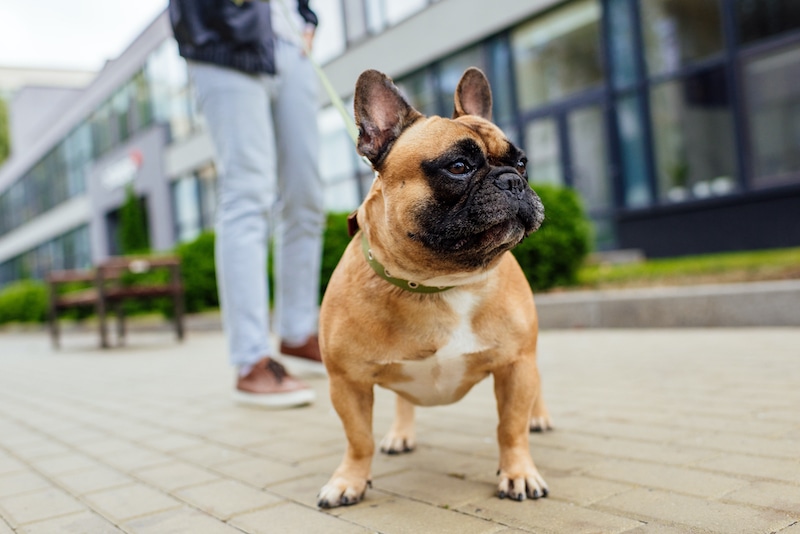
Can you imagine trying to teach your child to focus and be calm the first time they visit DisneyWorld? We wouldn’t ever expect a child to sit on a bench in Epcot and practice her ABC’s! We would be setting her up to fail.
Instead, you’d want to create a safe and non-distracting workspace where your dog can concentrate.
2. Keep Adventures in New Environments Short and Sweet
It’s better to have a good 5-minute outing where you are able to practice some easy skills than it is to carry on until she boils over that threshold level.
Keep training sessions short and simple, and be realistic with your expectations.
For example, during the first few months, allow your dog to sniff and explore during walks, and feed her treats every time she checks in with you. This will help her to learn to focus on you no matter what is happening around her.
The more we reinforce the things we want the dog to do, the more she will start to do them. So, save the loose leash walking practice for your yard, driveway, or easy routes with little distraction.
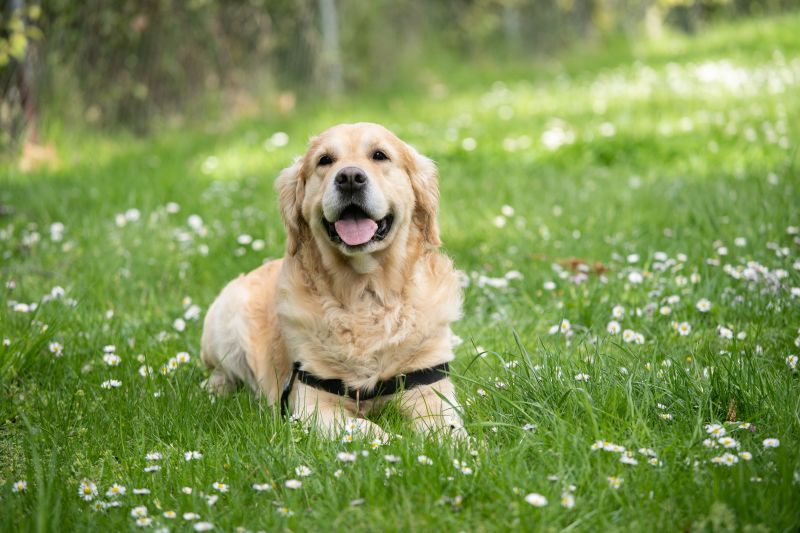
3. Try Higher Value Treats to Keep Her Focus and Attention
Always pay your dog for the work that they’re doing
In a very distracting environment, or when your dog is learning something new, it’s much harder for her to focus, so pay her accordingly.
If your boss asks you to stay at work an extra five minutes, you might be happy to do so for a “thanks” or a “you’re the best.” But if your boss asked you to come in on your day off to work an 8-hour shift, “thanks” isn’t going to cut it.
Apply this same logic to your dog’s training procedure.
Essentially, this means increasing the value of the food reward you give her as the difficulty level of the situation rises. Simple kibble might suffice at home without any competing distractions, but it may not be enough outdoors.
Instead, try high-value training treats like:
- cheese
- cooked meat (like rotisserie chicken)
- hotdog pieces
- popcorn
- peanut butter
- custom-made training treats
- or anything else that is safe and that your pup really loves!
And don’t be stingy, either! Pay her every time she makes a good choice, such as checking in with you and following a cue.
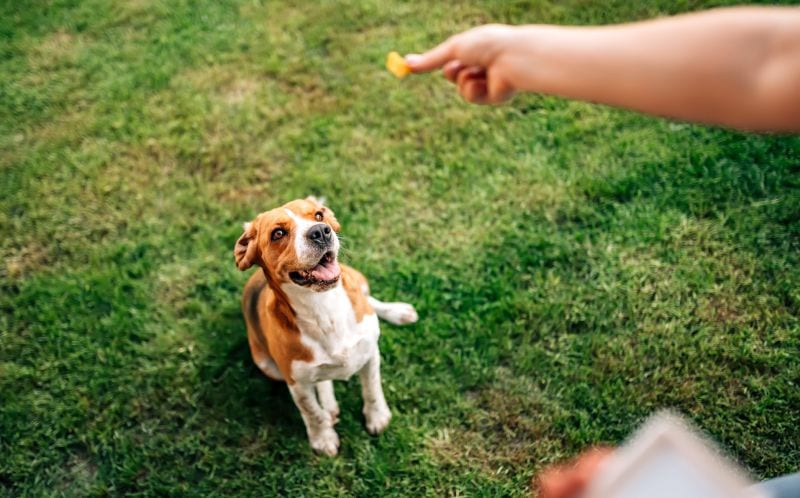
4. Be Patient!
Above all else, remember to be patient when training your dog in an outdoor setting.
New habits take time.
There will be good days and setbacks.
That’s normal and fine! Don’t be hard on her, and don’t be hard on yourself, either. Training should be fun for both of you!
There is no value in moving too fast. It only causes frustration. So, take your time, lower your expectations, and allow your pup to move at her own pace.
***
We generally have an ideal picture of what life with a dog will look like: Your pupper is running off leash, while frolicking in the park, and you’re both enjoying each other’s company.
That takes time, patients, and will not happen exactly how we expected it to 99% of the time. Take your time, practice, and know that it’s never a failure to take a step back to the last successful step and work from there.
Do you have a dog that has trouble listening outside? What are you working on to make walks more enjoyable for both of you? We would love to hear your story!
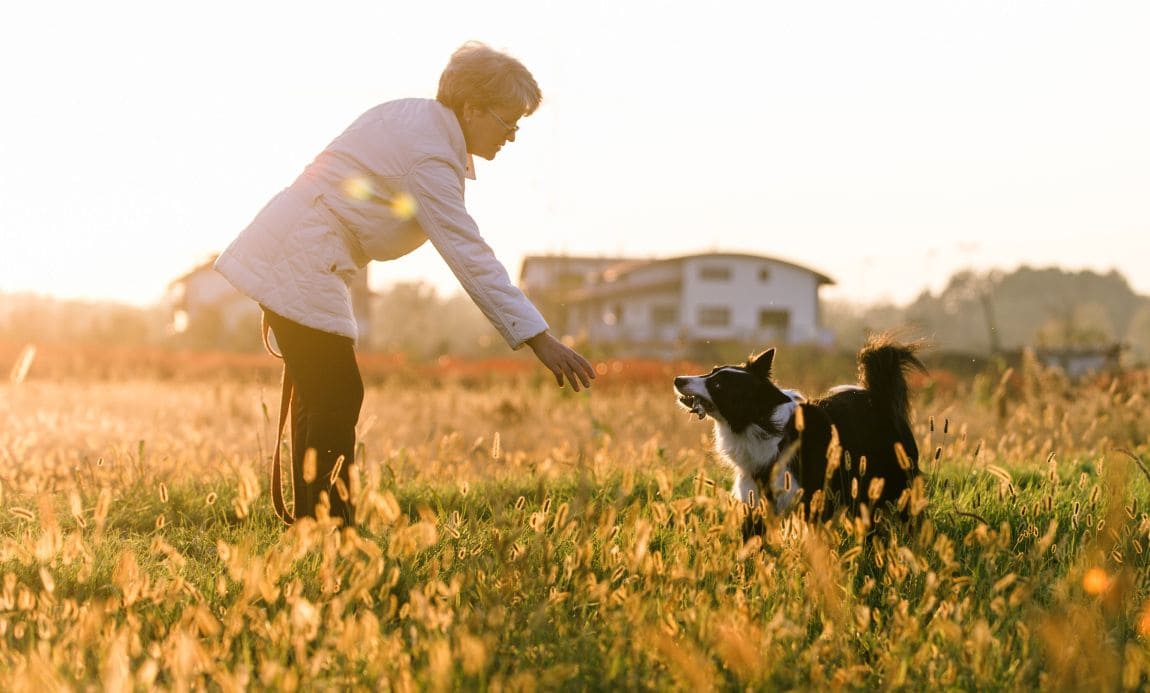




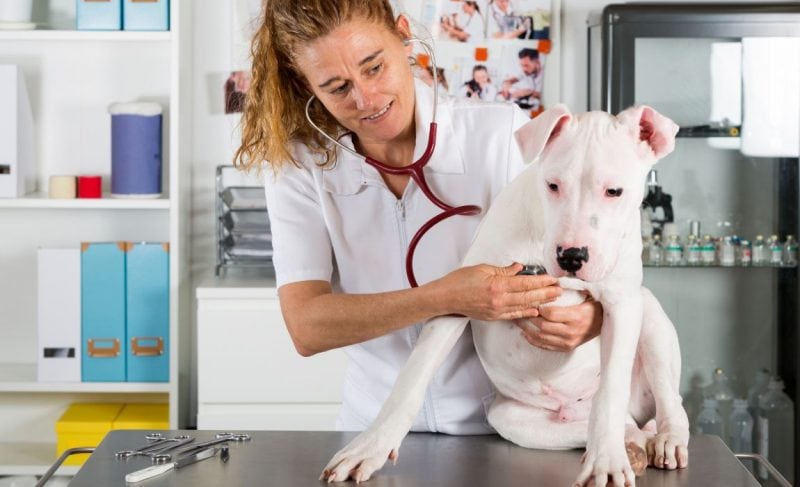
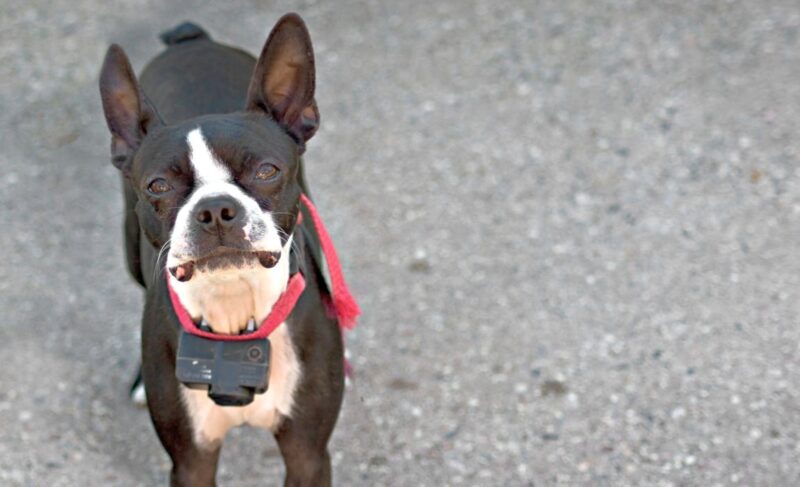
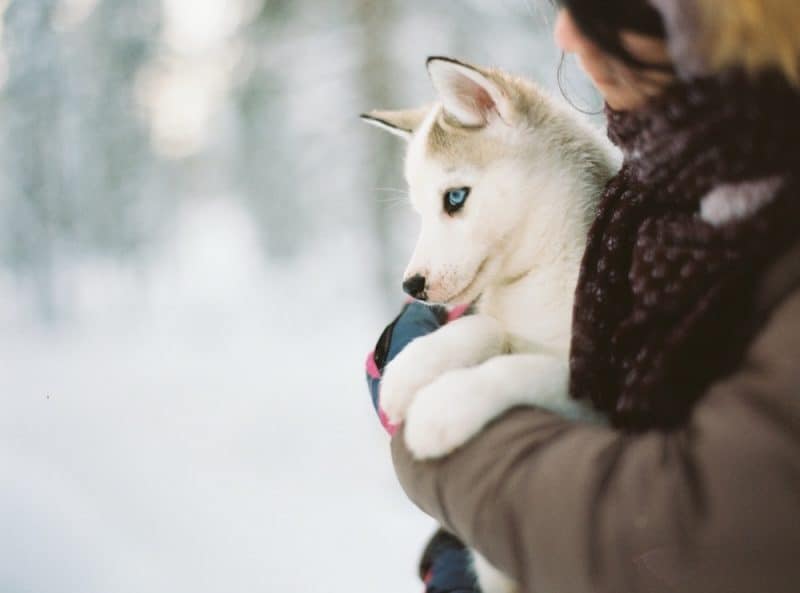

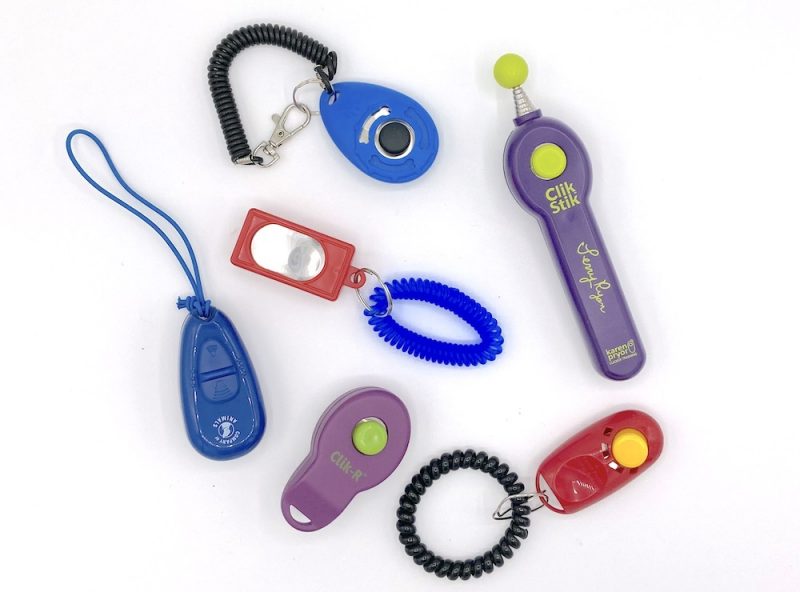
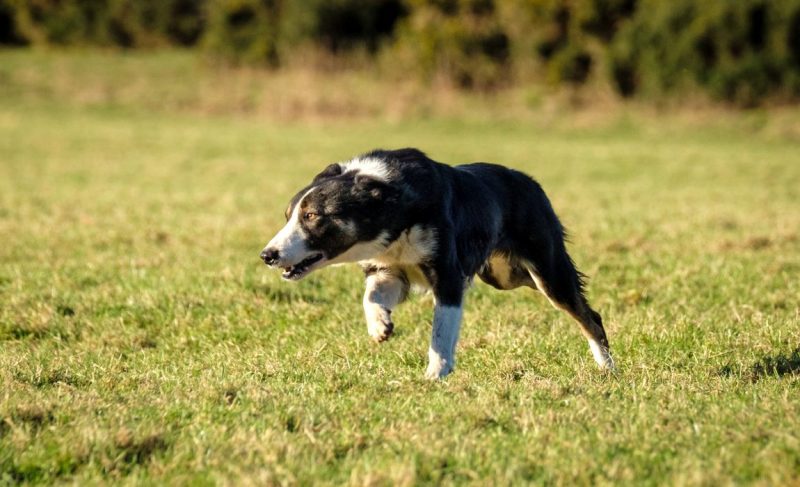
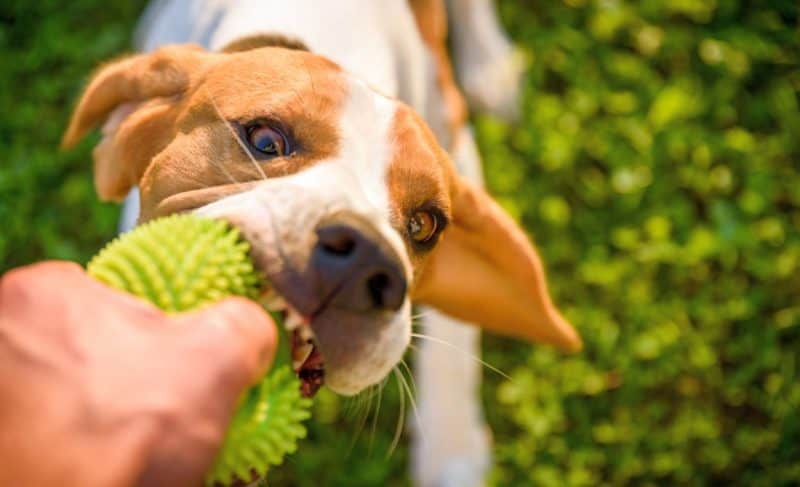

Leave a Comment